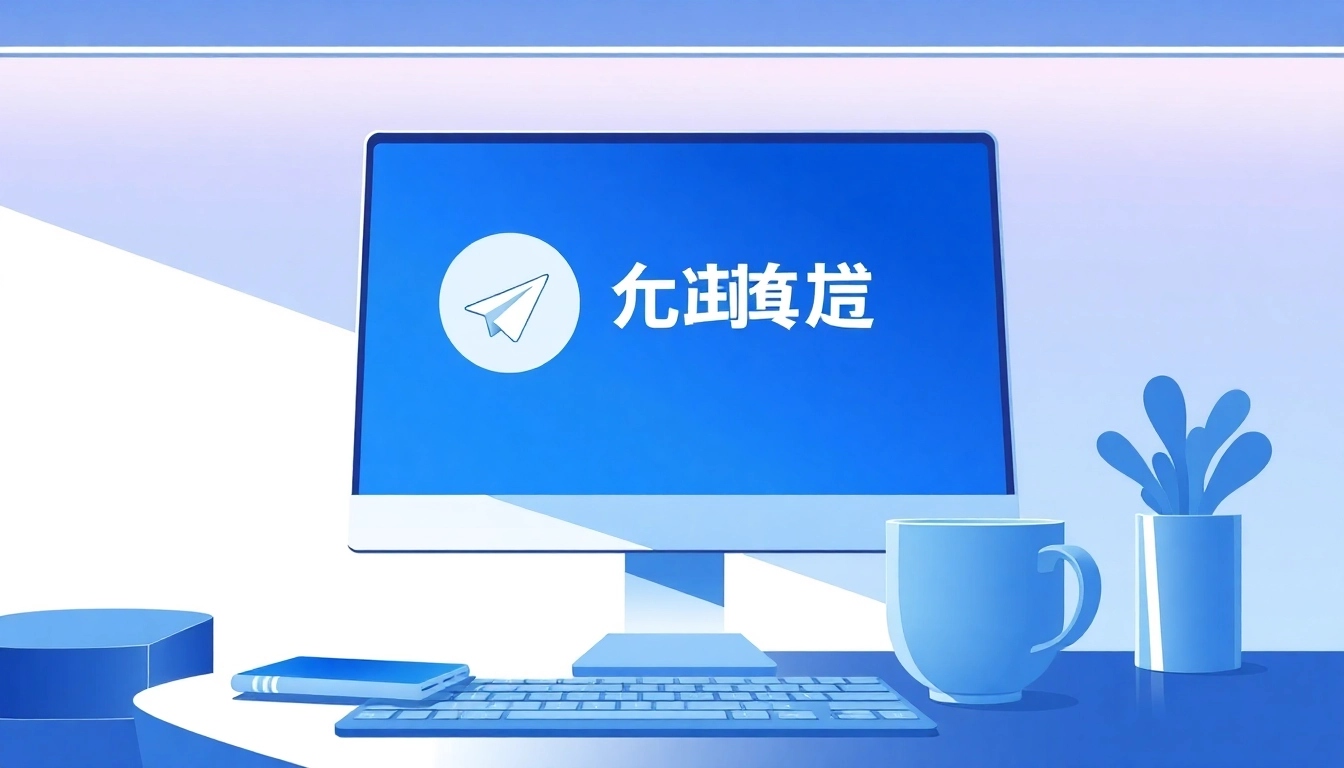Introduction to Android Digital Signage Player
In the ever-evolving landscape of digital communication, the Android digital signage player has emerged as a versatile solution for businesses aiming to enhance customer engagement and streamline information dissemination. With the capability to transform ordinary screens into dynamic displays, these players have found applications across various industries, from retail to healthcare, education, and beyond. This article delves into the fundamental aspects, practical applications, and future trends associated with Android digital signage players, providing valuable insights for businesses looking to leverage this technology.
What is an Android Digital Signage Player?
An Android digital signage player is a device that runs on the Android operating system and is specifically designed to display multimedia content such as videos, images, and information on digital screens. These players can be easily connected to televisions, monitors, or projectors via HDMI, making them suitable for a variety of visual communication needs.
Unlike traditional signage that requires physical production, Android digital signage players allow for instantaneous updates and the ability to manage content remotely. This functionality is essential in today’s fast-paced environment where timely and relevant communication is critical.
Key Features of Android Digital Signage Player
When evaluating Android digital signage players, key features often include:
- Content Management: Many players come with user-friendly software that allows for easy content upload, scheduling, and management.
- Flexible Playback Options: They support various file formats for audio, video, and images, accommodating different types of content.
- Remote Access: Users can manage their displays from anywhere, enabling real-time updates and adjustments.
- Interactivity: Some models support touchscreens or integration with mobile devices, enhancing user interaction.
- Cloud Storage: This feature allows for easy storage and access of content without relying on local infrastructure.
Benefits of Using an Android Digital Signage Player
Investing in an Android digital signage player comes with multiple advantages:
- Cost-Effective: They tend to be more affordable than proprietary hardware and can utilize existing televisions or monitors.
- Scalability: Businesses can easily scale their installations as their needs grow, whether adding more screens or upgrading to more advanced technology.
- User-Friendly: The intuitive nature of Android apps makes it easy for almost anyone to manage digital signage content without extensive training.
- Versatility: From advertising in retail to information displays in corporate offices, these players can be adapted to almost any scenario.
- Time-Saving: Instant changes to content reduce downtime associated with changing static signage.
Getting Started with Android Digital Signage Player
Choosing the Right Device for Your Needs
Selecting an appropriate device is the first step toward successful digital signage implementation. Factors to consider include:
- Display Compatibility: Ensure the player is compatible with your display type, whether LED screens, UHD TVs, or projectors.
- Performance Specs: The device should have sufficient processing power and memory to handle the content you’re planning to display, particularly if it involves HD video playback.
- Connectivity: Look for devices with multiple connectivity options, such as HDMI, USB, and Wi-Fi, to ensure versatility in setup.
- Support and Updates: Consider manufacturers that offer reliable support and regular software updates, enhancing the longevity and functionality of your player.
Setting Up Your Android Digital Signage Player
Once you’ve selected your device, setting it up generally involves a few straightforward steps:
- Physical Installation: Connect your player to the display using an HDMI cable and plug in the power source.
- Network Connection: Configure the player’s network settings for an internet connection via Wi-Fi or Ethernet.
- Software Installation: Download any necessary applications or software updates as needed to ensure optimal performance.
- Content Upload: Using the provided management software, upload your initial content, whether slides, videos, or other media.
- Scheduling: Schedule the content to display at designated times, taking advantage of the player’s management capabilities.
Essential Software and Applications
The effectiveness of your Android digital signage player depends heavily on the software you choose to pair with it. Key software features to look for include:
- Drag-and-Drop Functionality: This simplifies the process of content creation, allowing even non-technical users to compose attractive visual displays.
- Template Library: Many applications offer pre-designed templates that can be easily customized for specific promotions or branding needs.
- Analytics Tools: Integrated analytics allow you to track engagement levels and optimize content based on viewer behavior.
- Content Integration: Ability to pull in live data feeds like news, weather, or social media updates enhances the dynamic capabilities of digital signage.
Content Creation and Management
Designing Engaging Content for Digital Signage
Creating effective content for digital signage is foundational to its success. Here are some strategies to enhance engagement:
- Clear Messaging: Messages should be concise and to the point, as viewers typically have limited time to absorb information.
- Visual Appeal: Use high-quality images, consistent branding, and attractive layouts to captivate your audience.
- Call-to-Action: Every piece of content should include a clear call to action, prompting viewers to take the desired action.
- Dynamic Content: Incorporate animations, transitions, and video to keep the display fresh and engaging.
Best Practices for Content Scheduling
Effective scheduling can ensure that your audience always sees the most relevant content. Consider these best practices:
- Audience Analysis: Understand the demographics and behaviors of your target audience to time your messages for maximum impact.
- Regular Updates: Refresh content regularly to sustain interest and reflect current promotions or events.
- Seasonal Adaptations: Modify content throughout the year for holidays, seasons, or special events to keep it relevant and timely.
Utilizing Templates for Efficient Management
Templates are invaluable for streamlining content creation. Their benefits include:
- Time Efficiency: Pre-designed templates save significant time, allowing staff to focus on strategy instead of design.
- Brand Consistency: Templates ensure that the visual elements align with brand guidelines across multiple displays.
- Ease of Use: Non-designers can easily adapt templates for various campaigns, enhancing responsiveness to market changes.
Performance Metrics and Analysis
Measuring Engagement and Effectiveness
Assessing the effectiveness of your digital signage content can be done through various metrics:
- Viewer Interaction: Track interactions such as clicks and feedback from viewers to gauge content effectiveness.
- Time Spent Viewing: Understanding how long viewers engage with the content can help gauge its appeal.
- Response Rates: For calls to action, measuring response rates can help assess the effectiveness of campaigns.
Tools for Tracking Performance
To track performance, consider integrating tools that provide data analytics. These can include:
- Analytics Dashboard: Many content management systems offer dashboards that display metrics related to audience interaction.
- Survey Tools: Incorporating quick feedback forms or surveys can help gather qualitative data on viewer perceptions.
- Social Media Integration: Tracking shares and interactions on social platforms can provide insights into viewer engagement.
Adjusting Strategies Based on Analytics
Utilizing insights from your performance analytics is essential for continual improvement. Here are ways to adjust your strategies:
- A/B Testing: Experiment with different content formats and messages to determine what resonates best with audiences.
- Responsive Updates: Use real-time data to make quick adjustments to displays in response to audience engagement levels.
- Feedback Implementation: Incorporate viewer feedback into future content strategy to enhance relevance and attractiveness.
Future Trends and Innovations in Digital Signage
Advancements in Android Digital Signage Player Technology
The future of Android digital signage players promises exciting technological advances. Key trends to watch include:
- Improved Processing Power: As technology advances, more powerful processors will enable richer content delivery and faster updates.
- Integration of Augmented Reality: Augmented reality features will allow for an enhanced viewer experience, making interactions more immersive.
- Smarter Devise Connectivity: The ability to integrate with IoT devices will provide more interactivity options for displays.
Integrating AI and Automation
Artificial Intelligence and automation are poised to revolutionize digital signage:
- Content Personalization: AI algorithms can analyze viewer data to deliver targeted content based on audience preferences or demographics.
- Predictive Analytics: Utilizing predictive analytics can improve scheduling and content effectiveness based on anticipated trends.
- Automated Updates: Automated content updates based on real-time data ensure that displays always show the most relevant information.
The Future of Digital Display Solutions
Looking ahead, digital signage will likely evolve to encompass:
- Seamless Integration: Greater integration with existing business networks and customer relationship management systems to enhance functionalities.
- Environmental Adaptation: Digital signage will increasingly adapt to surrounding environments, personalizing messages based on location and context.
- Enhanced Viewer Engagement: Technologies like eye-tracking and gesture recognition to measure engagement and tailor displays accordingly.



